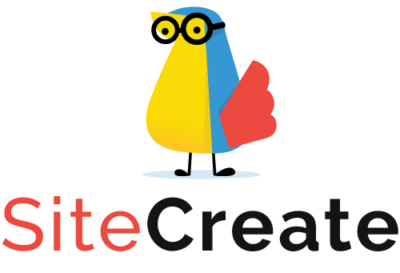Front-end and Back-end Development
If you’re new to the world of coding and software engineering, you may be confused by terms like the front end, back end, and full-stack development. Which may start a headache at the sight of programming languages.
First things first, any website development is the process of building websites and applications. Unlike UI UX Design, web development focuses more on coding and making sure a website functions well. It’s basically the usability of websites and apps. But where exactly do front and back-end terms come in? Front-end development and back-end development are two different types of web development.
Front and back-end developers work on different sides of a website
Front-end development is programming that focuses on the visual elements of a website or app that a user will interact with (the client side). Meanwhile, back-end development focuses on the side of a website users can’t see (the server side). They work together to create a dynamic website to allow users to make purchases, use contact forms, and any other interactive activities you might participate in while browsing a site. Some examples of dynamic websites are Netflix, PayPal, and Facebook.
Let's get familiar with the web development styles!
What is front-end development?
Front-end developers build with the user in mind. Front-end development is a style of programming that focuses on the coding and creation of features in a website that will then be seen. It’s making sure the visual aspects of a website are functional and connected properly. You can also think of the front end as the “client-side” of an application. A front-end developer’s job is to code and bring to life the visual elements of a website, making sure the site is easy to interact with while also running smoothly. They focus on what a user sees and how it functions when they visit a website or app.
One of the many ways you could use front-end skills is by creating a static website, which is a website with fixed content that’s delivered to a user’s browser exactly as it’s stored. Think of a simple landing page or a small business website that doesn’t allow users to perform any interactive tasks.
Front-end developers build elements like:
- Buttons
- Layouts
- Navigation
- Images
- Graphics
- Animations
- Content organization

What is back-end development?
Back-end development focuses on the side of the website users can’t see. It’s what makes a site interactive. Also known as the “server-side” of a website. A social media website, for example, stores all users’ information. This storage center is called a database and a few popular examples include Oracle, SQL Server, and MySQL. Databases run from a server, which is a remote computer. A back-end developer will help manage this database, as well as the site contents stored on it. This ensures that front-end elements on a social media website can continue to function properly as users browse uploaded content and other user profiles.
While users do not directly interact with the back end of a website, they’ll indirectly interact with these elements that developers work on through a front-end application. Back-end development deals with storing and arranging data while also ensuring the front end is functioning well.
Back-end web developers work on tasks like:
- Building Code
- Troubleshooting and debugging web applications
- Database management
- Framework utilization

Front and back-end developers work in different languages
When you’re coding, you’ll use a programming language. Much like human languages, these languages allow programmers to communicate with their computers through a series of codes. It’s like giving your computer instructions. Front-end developers work in languages like HTML, CSS, and JavaScript.
- HTML stands for Hyper Text Markup Language. It’s the standard markup language for creating web pages.
- CSS is short for Cascading Style Sheets. While HTML is used to create structure on a site, CSS brings style and flair. It defines a site’s colors, fonts, and overall style of the site.
- JavaScript is a language that can be used to make a site interactive and fun. Running a game on a site is a great example.
The front end also works in its own set of frameworks and libraries. Popular examples of frameworks and libraries a front-end developer would work with:
- AngularJS
- React.js
- jQuery
- Sass
Back-end developers work in languages like PHP, C++, Java, Ruby, Python, JavaScript, and Node.js. Here’s a bit more on a few of these languages:
- PHP is a server-side scripting language.
- Java is a highly popular platform and programming language.
- Python is a general-purpose coding language. It’s different from some of the others because it can be used for other kinds of software development and isn’t limited to web development.
Back-end frameworks include:
- Express
- Django
- Rails
- Laravel
- Spring

Front and back-end developers work together to create amazing applications!
While there are some similarities between the two sides of web development, it’s easier to think of them as parts of a car such as the steering wheel and the tires. Both are necessary parts of the development process used to create functional, visually appealing websites and applications.
